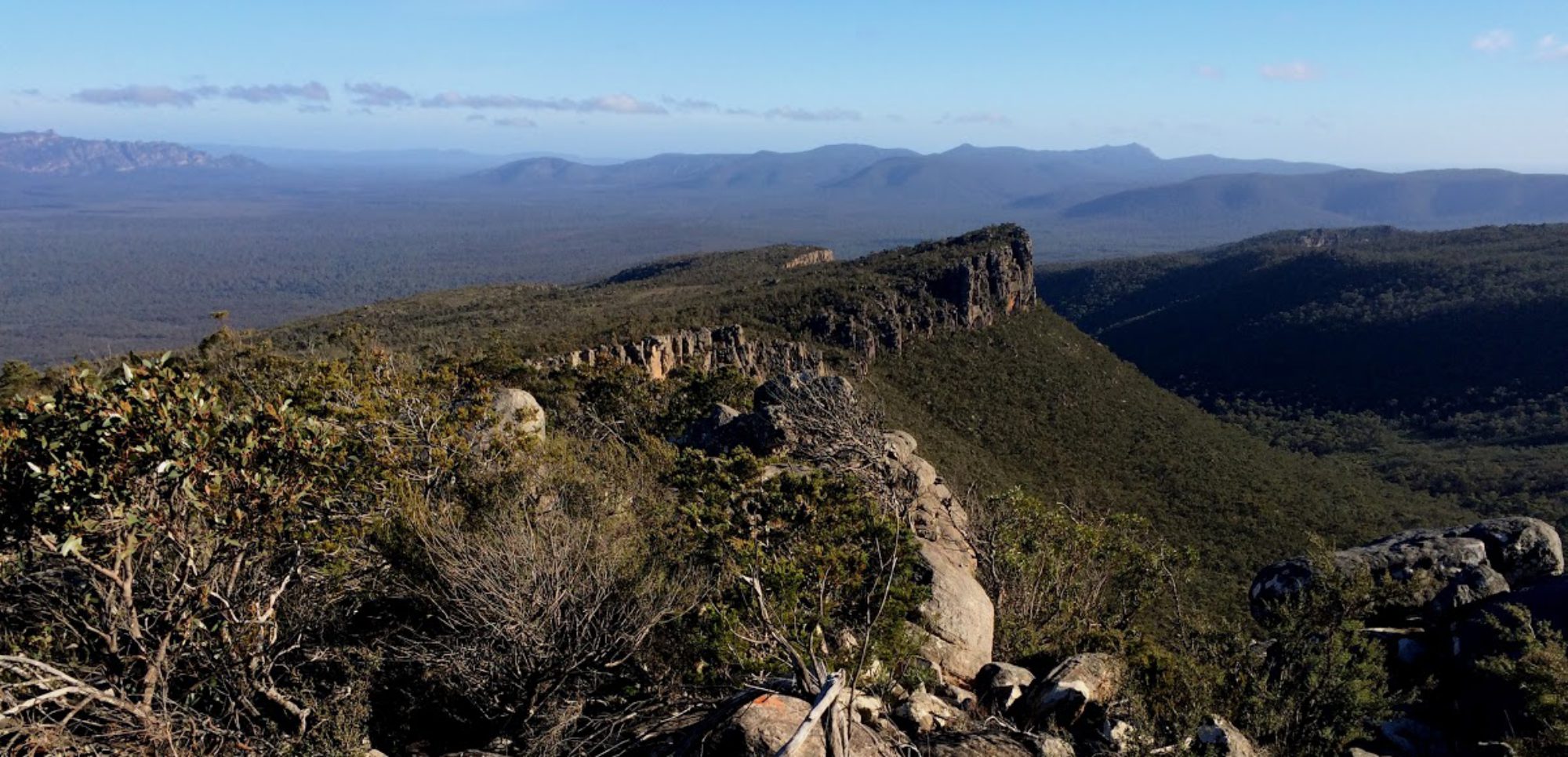Reading Time: 3 minutes
Keeping warm and comfortable is one of the main challenges for bushwalkers and ski tourers. When the temperature drops below personal comfort levels due to the wind, rain or lack of sunshine, experienced walkers and skiers can quickly adjust clothing to minimise discomfort. They know what to pack, where to find it, and when to put it on. They have the right equipment and know how to use it.
Leaders and more experienced group members can provide guidance to assist less experienced members with how to cope with adverse conditions.
Threatening rain
- Waterproof outer clothing should be packed near the top of packs so it can be easily put on before rain hits.
- If there are significant breaks between showers it is worthwhile removing waterproof gear to minimise condensation build up.
Rain or wind at rest stops
- Choose rest spots with maximum natural shelter.
- In persistent rain or continuing strong wind, even without rain, it may be useful to erect a tent or flysheet for shelter or as a windbreak if necessary.
- Such conditions can be demoralising.
Windchill can be dangerous and lead to hypothermia if precautions aren’t taken.
Storms
- If the weather is so bad that it is dangerous to continue, find the best sheltered spot available as soon as possible.
- Make camp early rather than continuing just to maintain a schedule.
- Ensure everyone has their tent up, is warm and dry and has water.
- Wait for the weather to improve before moving on.
Choosing a campsite
- Shelter from wind is usually the most important factor. Consider possible changes in wind direction and try to avoid high wind situations (e.g. exposed saddle or ridge top).
- Avoid camping where a creek or river may flood the campsite.
- Check the ground for drainage, possible puddles and water flows in event of heavy rain.
- If the site is facing the morning sun, tents will dry more quickly if the weather improves.
Do not camp near large trees or overhanging branches.
Erecting tents
- If possible, wait for heavy rain to pass before erecting tents.
- If it is raining, keep the inner tent dry by erecting the fly first or getting others to hold the fly over the inner tent while it is being pitched. Tents that can be pitched with fly and inner together, or with fly first, are very useful in these situations.
- Dry snow is less challenging than rain as it can be brushed off easily, but ensure that the doors are zipped closed to keep the rain or snow out of the tent.
- In strong winds, tents must be held securely to prevent them blowing away until they are firmly pegged down.
- Pitch tents so prevailing and expected winds do not blow into the entrance.
Campfires in adverse conditions
- Fire regulations must be complied with.
- Starting a stove is much easier, but if a fire is permitted and needed for warmth, cooking or morale, begin by collecting dry fuel in a bag or groundsheet (assuming it is still raining).
- Choose a reasonably dry and sheltered location for a small fire.
- Group members can hold a fly, groundsheet or jacket to provide shelter while another person prepares and lights the fire.
- Solid fuel tablets or fire lighters can assist getting a fire going in adverse conditions.
- Shelter the fire until it is well established.
Breaking camp in adverse conditions
- If breaking camp when it is raining or snowing, pack as much gear as possible into packs while still inside the tent.
- Take down the tent inner first if possible.
- If possible, wait for a break in the weather before exiting the tent, packing it and moving on.
- Store the tent inner and fly in separate waterproof bags before packing.
- If the weather is very bad it may be best to stay put and wait until it improves. It is better to be late, or even hungry, than to risk hypothermia or becoming lost in extreme weather.
- In wet scrub the first person usually becomes drenched – experience groups may choose to rotate the person in front to share the misery. Overpants and scrub gloves help significantly in these conditions.
Keeping warm in adverse conditions
- Avoid wearing too much clothing under rainproof gear to prevent clothing worn becoming wet from perspiration, condensation.
- Use layering with undergarments designed to wick away moisture from skin, followed by a light jumper, fleece or a woollen shirt, then a heavier fleece jacket and finally the outer shell.
- Aim to maintain a comfortable level of warmth while being protected from the elements to avoid windchill from wet clothing.
- Take opportunities to dry wet clothing or gear in the sun when possible. .
- Exercise extreme caution if drying clothing near a fire as synthetic fibres can be very flammable. Boots can often also be damaged and should not be dried by a fire.
- Tents provide shelter and warmth while cooking on a stove just outside the vestibule.
- If it is not possible to safely or effectively use a stove, eat food that doesn’t need to be cooked.

